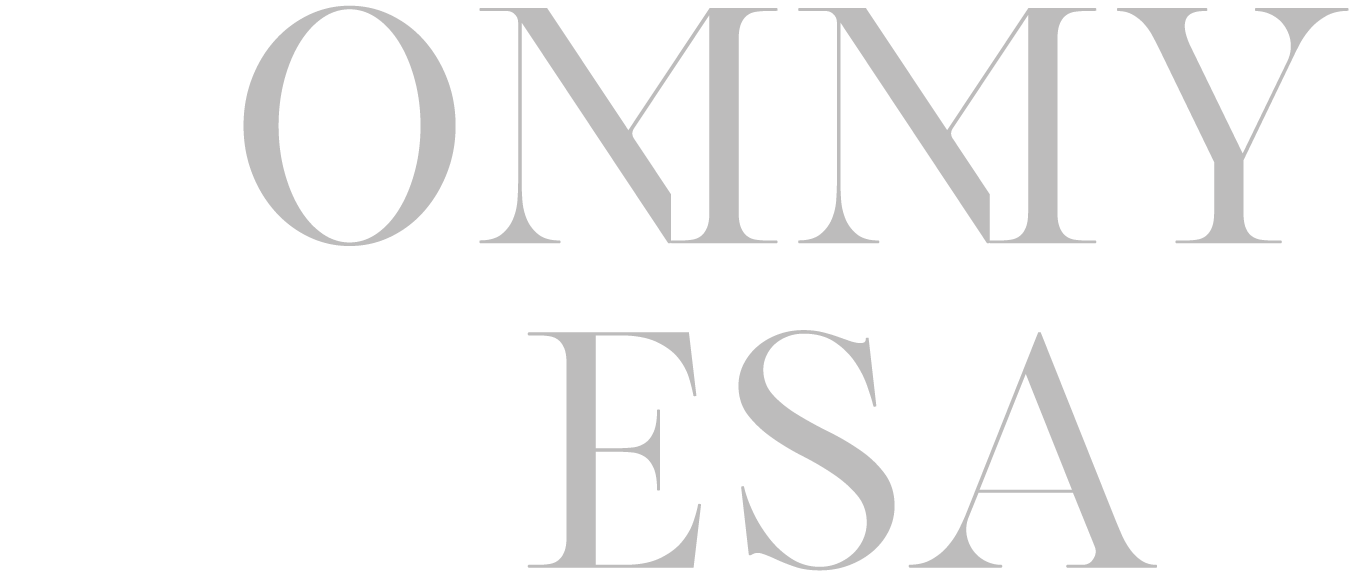This review came on masslive.com from Clifton Noble Jr.
“SPRINGFIELD — The Springfield Symphony Orchestra returned to Symphony Hall for the first time in more two years Friday, presenting a program entitled “Of Heroes and Poets” conducted by former SSO music director Mark Russell Smith.
Smith, who led the orchestra from 1995 to 2000, had selected a symphonic program consisting of two movements from William Grant Still’s Danzas de Panama, Dvorak’s Concerto for Violoncello, Op. 104, featuring guest cello soloist Tommy Mesa, and Schumann’s Symphony No. 2, Op. 61.
Still’s Danzas, written in 1948 for string orchestra, incorporated lush, sensuous textures with vivacious rhythmic underpinning that included tapping on the bodies of the instruments.
Dvorak’s Cello Concerto is one of the most beloved in the repertoire, replete with innocent, peaceful melodies and grand, sweeping gestures, intimate chamber music and glorious orchestral effusion.
Mesa appeared by special arrangement with Sphinx Organization, which is focused on increasing representation of Black and Latinx artists in classical music and recognizing excellence. He gave a splendid account of the piece, shaping its tender, simple tunes with winning sincerity and delivering its challenging passages with effortless panache.
Mesa joined in exquisite duets with SSO principal flute Ann Bobo and concertmaster Masako Yanagita during the course of the concerto. Solo efforts of similar arresting beauty were turned in by principal clarinet Kai-Yun Lu, and principal French horn Robert Hoyle.
Smith and the SSO had prepared a thorough-going, polished reading of Schumann’s Second Symphony to follow intermission. Smith had seated the orchestra in European fashion — first and second violins across the stage from each other to maximize the effect of the antiphonal (conversational) writing common in the 19th century, surrounding cellos and violas.
The string players’ masterly negotiation of the lightning-fast second movement of the Schumann was a highlight of the evening. Smith laid bare the structure of the slow movement — an inexorable chromatic ascent in the basses, urging ever climbing sighs in the upper strings and woodwinds. He followed with a roaring, triumphant finale.
For the 662 concertgoers present in Symphony Hall, the SSO’s return was clearly an occasion for celebration. They rewarded Smith and Mesa with standing ovations and bravoes for the Dvorak concerto, and applauded many individual movements.
The players represented a mixture of regular SSO members and substitutes — some principals were present, others absent. Taking into consideration that the ensemble was not the well-oiled machine that Kevin Rhodes had conducted before COVID-19 changed the world, and that the labor dispute that gave rise to this concert and the upcoming “Dances of Spring” concert on May 13 has yet to be resolved, the music made on Friday evening was excellent. It represented a very positive step toward the common goal of bringing classical music back to Symphony Hall.”
Review By Clifton Noble Jr.
